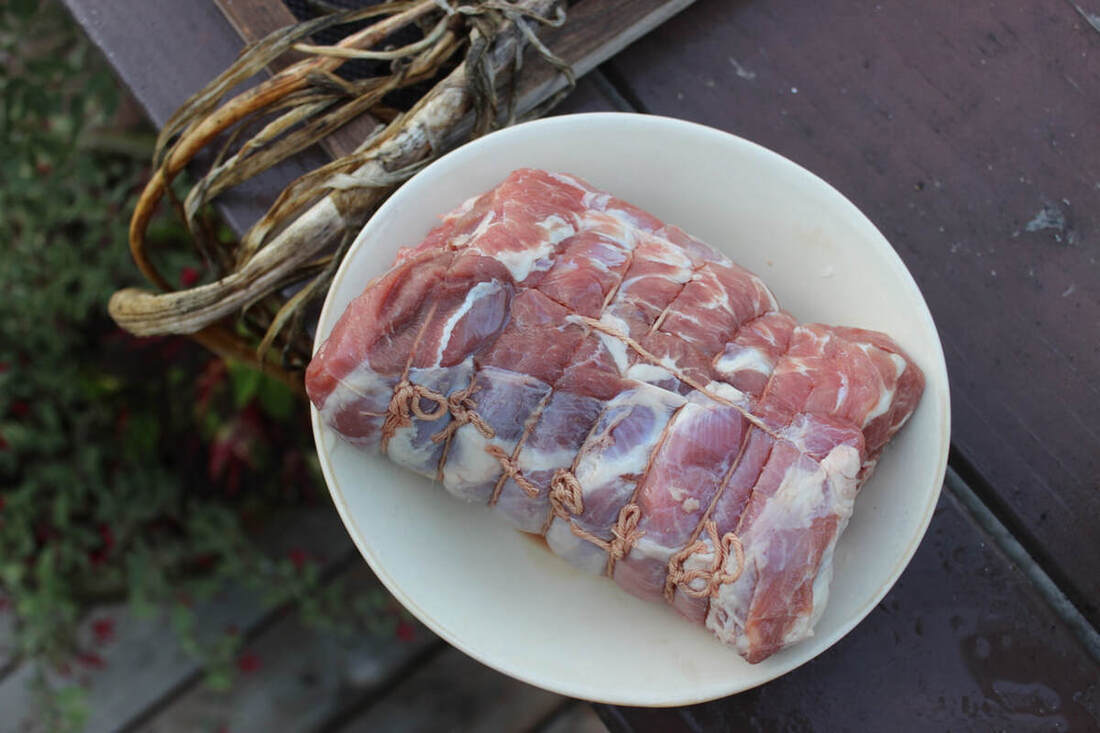Buying an entire cow for sale can be a clever and fee-effective manner to inventory up on remarkable meat, but the technique entails numerous important steps. Avoiding common errors can prevent time, cash, and frustration. Here are ten key points to keep in mind whilst buying a whole cow for sale.
1. Failing to Research the Farmer
One of the most important mistakes you could make is not very well gaining knowledge of the farmer or ranch from which you plan to buy the cow. Ensure the farmer has a good popularity for elevating healthful, properly-cared-for animals. Look for critiques, ask for references, and visit the farm if feasible. Understanding the farming practices, inclusive of whether or not the cows are grass-fed or grain-fed, is essential for making an informed choice.
2. Not Understanding the Costs Involved
Buying an entire cow entails greater than just the preliminary purchase fee. You want to not forget extra charges which include processing expenses, transportation, and storage. Processing fees can vary extensively, and you would possibly also must pay for the cow's transport to the processing facility. Additionally, you may need an adequate freezer area to save the beef, that could suggest making an investment in a massive freezer in case you do not have one already.

3. Ignoring the Cut Sheet
A reduce sheet is an in depth shape that specifies how you need the beef to be cut and packaged. Ignoring this vital record can result in unhappiness when you obtain your meat. Take the time to apprehend the various cuts of beef and determine the way you need your cow to be processed. Communicate definitely with the butcher to ensure you get the cuts and packaging that in shape your wishes.
4. Overlooking the Cow’s Diet
The cow’s food regimen has a considerable effect on the exception of the meat. Grass-fed pork is often taken into consideration healthier and more flavorful than grain-fed pork. Make certain you recognize what the cow has been eating. If you decide on grass-fed beef, verify that the farmer adheres to this practice. The cow’s eating regimen can have an effect on everything from the beef’s flavor and texture to its dietary cost.
5. Not Asking About the Cow’s Age and Breed
The age and breed of the cow can have an impact on the taste and tenderness of the meat. Younger cows typically produce more gentle meat, whilst exceptional breeds provide varying flavors and textures. Ask the farmer about the age and breed of the cow to make sure it meets your alternatives. Knowing these info will let you make a more informed desire and avoid any unsightly surprises.
6. Forgetting to Verify the Cow’s Health
It’s important to make certain that the cow you’re purchasing is healthy. Ask the farmer for veterinary facts and inquire about any fitness issues the cow might have had. Healthy cows are much more likely to produce awesome meat, so don’t pass this step. A cow’s fitness can affect not only the high-quality of the meat but additionally its safety for consumption.
7. Misjudging the Amount of Meat You’ll Receive
Many humans underestimate the quantity of meat they’ll get from a whole cow. A traditional cow can yield several hundred kilos of meat, so ensure you've got sufficient garage area. Discuss with the farmer or butcher precisely how an awful lot of meat you may assume, and plan consequently. Properly estimating the yield lets you avoid the headache of finding additional storage at the last minute.
8. Not Considering the Freezer Space
Related to the previous factor, no longer having enough freezer area is a not unusual mistake. An entire cow can require a huge amount of freezer area, often a whole lot extra than a preferred family freezer can accommodate. Investing in a large, standalone freezer may be necessary. Ensure your freezer is in proper running condition and has sufficient capacity before the meat arrives.
9. Overlooking the Importance of Processing and Packaging
The manner your meat is processed and packaged can substantially impact its fine and shelf existence. Make sure the butcher you choose is legitimate and professional in processing beef. Poor processing can cause infection or spoilage. Additionally, right packaging is vital for keeping the meat’s freshness and flavor. Vacuum-sealed packaging is regularly encouraged for longer garages.
10. Not Planning for the Long-Term Use of the Meat
Finally, failing to plan for a way you’ll use all the meat can result in waste. Think about your own family’s ingesting habits and how you’ll comprise the red meat into your food. Having a lot of cuts will let you diversify your menu and ensure you use all parts of the cow. Make a meal plan that consists of recipes for extraordinary cuts of red meat, and don't forget to share some of the meat with buddies or your own family when you have more than you can moderately eat.

Conclusion
Avoiding those common mistakes assists you to make the most of your funding whilst buying an entire cow on the market. By doing your studies, knowledge of the expenses, and making plans for the processing, storage, and use of the meat, you could revel in first rate beef for months to come back. Remember to verify the cow’s weight loss plan if you pick grass-fed beef, as this may extensively enhance the flavor and nutritional price of your meat.
Avoiding those commonplace pitfalls guarantees that your buy of a whole cow is a profitable and useful enjoyment. Proper planning and attention to detail will offer you with a regular supply of scrumptious, splendid pork even as helping sustainable farming practices.
